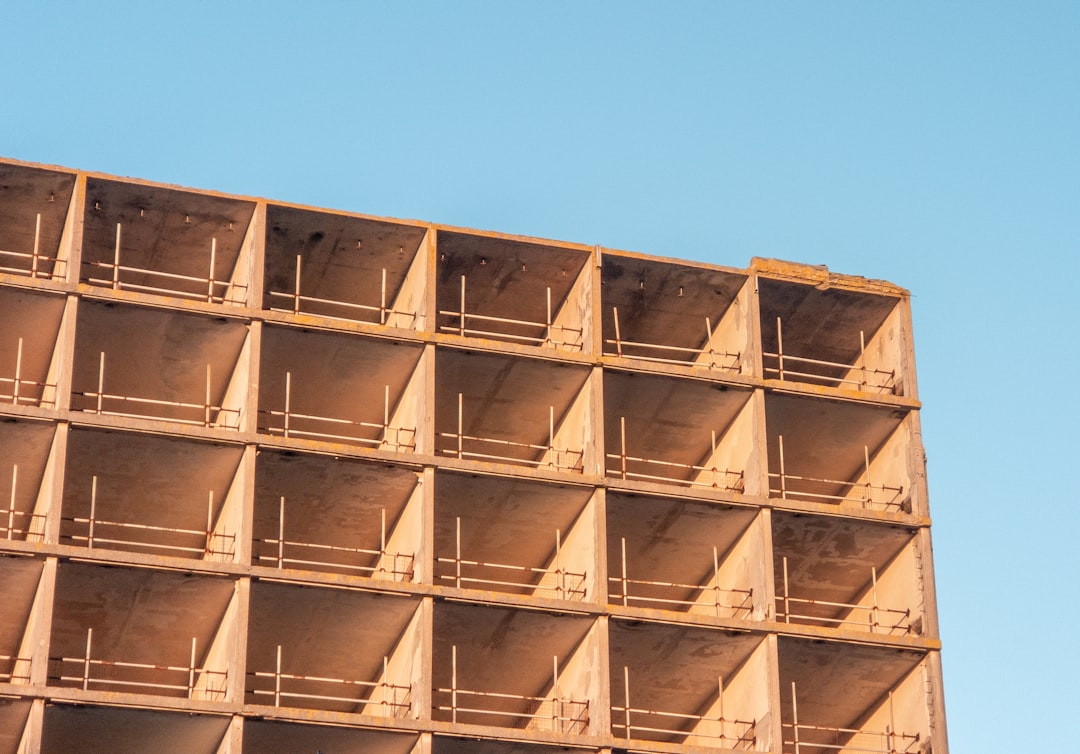
For construction professionals, understanding the cost to replace baseboards involves more than just a number. It requires insight into the factors driving the price, ways to avoid hidden fees, and strategies to keep projects on schedule. Current estimates for baseboard replacement in Fort Worth range from $2.60 to $11.00 per linear foot, depending on material and complexity. This guide unpacks key cost drivers and offers money-saving tips for contractors and builders.
Baseboards are crucial in residential construction, providing protection, architectural detail, and a polished finish that enhances property value. Professional installation ensures these benefits are maximized, making quality and accuracy essential.
• MDF: Budget-friendly, easy to paint, but vulnerable to moisture
• Finger-joint Pine: Mid-range price, good paint adhesion, moderate durability
• Solid Hardwood: Higher cost, premium look, excellent impact resistance
• PVC/Composite: Similar to hardwood pricing, best for wet areas like bathrooms
Sleek one-step profiles install quickly, while ornate multi-step profiles require additional cutting, sanding, and finishing time. Accurate estimation of labor hours is crucial to avoid unexpected charges.
Baseboard projects are quoted per linear foot. Accurate measurement is critical—rounding up by even 10% can inflate material spend. Use precise tools to generate accurate quantities directly from floor plans.
Removing old trim, repairing wall damage, or moving furniture adds labor. Proper scoping ensures estimates reflect reality from the start.
Raw boards, pre-primed, or factory-finished options affect both product price and onsite painting hours. Pre-finished boards can save significant time and labor costs.
Based on current data:
• Budget MDF swap-out: $2.60 – $3.75 per linear foot installed
• Mid-grade pine replacement: $4.00 – $6.00 per linear foot installed
• Premium hardwood upgrade: $7.00 – $11.00 per linear foot installed
• Moisture-resistant PVC: $6.50 – $9.00 per linear foot installed
These figures include removal, minor patching, and caulk/paint touch-ups. Large-scale remodels can earn volume discounts.
1. Discuss scope with an estimator over the phone
2. AI tags tasks like “remove existing base,” “cut 5-inch poplar,” or “apply semi-gloss paint”
3. Live material databases update pricing every 15 minutes, ensuring current costs
Upload a floor plan and the platform traces walls, subtracts door openings, and outputs linear footage in under 60 seconds.
With one click, your itemized proposal—complete with materials, labor, markups, and taxes—appears in ready-to-send PDF format.
• DIY materials only: $1.40 – $8.00 per linear foot depending on material
• Tool rental/purchase: add $0.40 – $0.75 per foot for mitre saw, nail gun, and compressor
• Learning curve: expect 20–30% waste on first projects
Hiring a professional installer may seem pricier upfront, but time savings, reduced waste, and professional finish often lower total project cost.
• Order 10% extra material to cover off-cuts—a smaller overage than emergency store runs
• Combine baseboard replacement with flooring updates to avoid duplicate demolition
• Opt for pre-primed boards if you value speed over absolute lowest material cost
• Schedule installs during off-peak seasons for potential labor discounts
• Review profile photos to avoid costly change orders
Baseboard height changes can expose unfinished drywall or flooring edges. Estimators flag these ripple effects so you can budget for paint blend-outs or shoe mould additions before work begins.
Staged invoicing tied to project milestones improves cash flow transparency for both sides.
Ready for numbers tailored to your project? Visit CountBricks.com for more information.

A Fort Worth client contacted CountBricks to refresh every baseboard after new hardwood floors were installed. The homeowner wanted a taller, sculpted profile but was unsure of the budget impact.
• Total linear footage from blueprint takeoff: 548 ft
• Selected material: 5-inch finger-joint pine, pre-primed
• Scope additions: remove existing 3-inch MDF, patch 27 wall dents, repaint sills to match
1. Material cost pulled in at $3.12 / ln ft, reflecting a lumber promotion that day
2. Labor calculated at 32 crew hours with seasonal discount, $2.25 / ln ft
3. Waste factor optimized to 8%, saving two extra boards compared to manual estimates
Total proposed cost: $3,000, nearly $450 less than the client’s previous paper quote.
CountBricks delivered the final proposal 12 minutes after the initial call, and the homeowner accepted on the spot. The crew finished ahead of schedule, and the AI-generated invoice automatically adjusted to actual material usage, crediting the homeowner $74 for unused trim. Transparent, data-driven estimating turned a stressful remodel line item into a predictable, positive experience.
• Real-time pricing can shave hundreds off material costs when you catch discounts early
• Automated waste optimization protects both profit margins and the environment
• Staged invoicing builds trust and speeds approvals, especially on multi-room renovations
Explore more success stories and start your own at CountBricks.com.